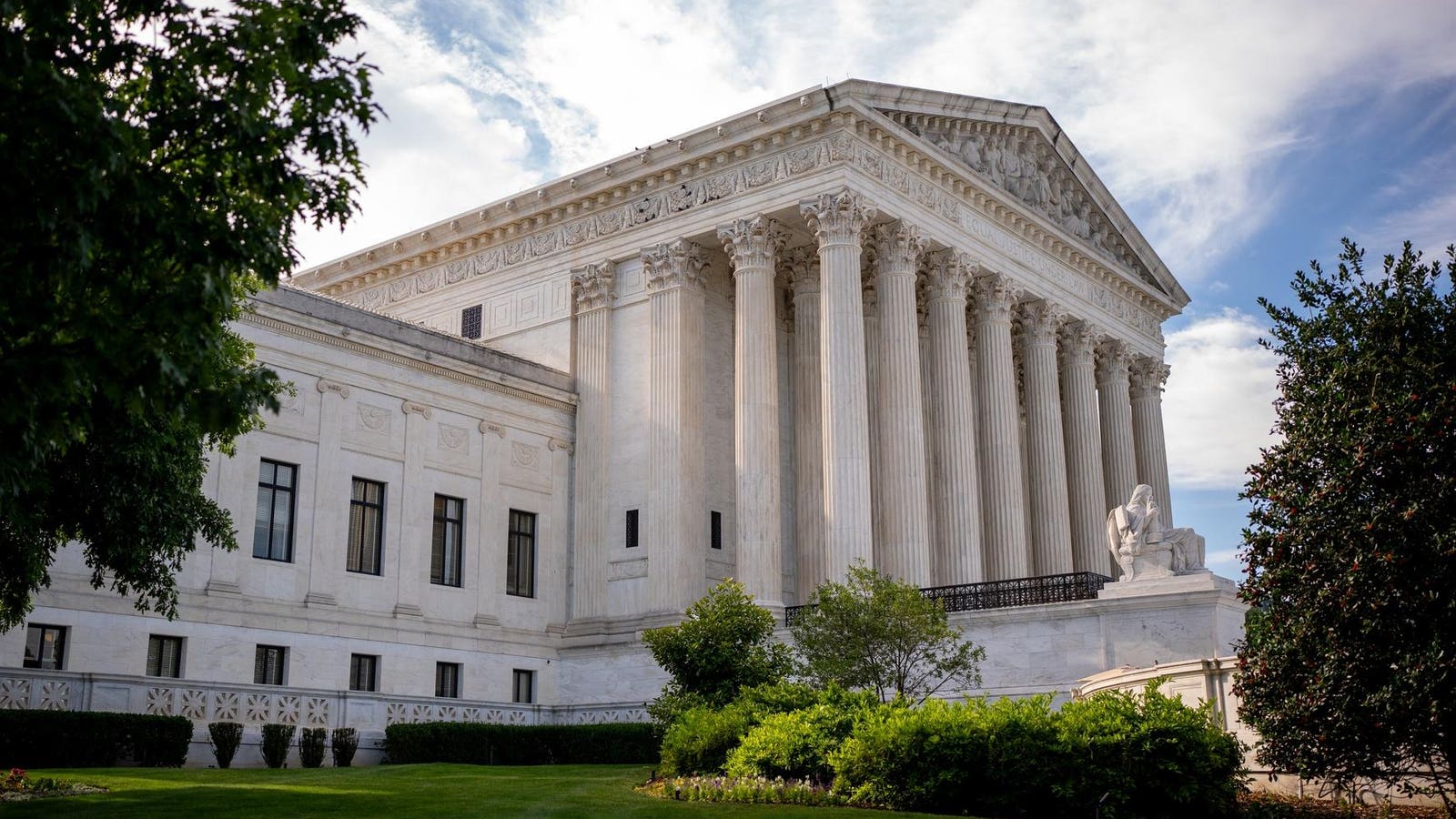Topline
The Trump administration can proceed with large-scale efforts to downsize the federal workforce and dismantle federal agencies following a Supreme Court order Tuesday, which lifts a lower court’s earlier ruling, potentially affecting tens of thousands of workers.
The ruling could result in job cuts across several federal agencies, as Justice Ketanji Brown … More
Key Facts
In an unsigned order, the Supreme Court said justices were asked to review President Donald Trump’s executive order requesting federal agencies carry out a “large-scale reduction in force,” a move considered by the court to be “lawful,” and not specific job cuts.
The order lifts a ruling upheld by the 9th Circuit Court of Appeals, after a lower court blocked the Trump administration’s plans to carry out mass firings of probationary staffers and ordered the government to rehire employees at the Departments of State, Treasury, Housing and Urban Development and Agriculture, among others.
Justice Ketanji Brown Jackson, who issued the lone dissenting opinion, accused the court of demonstrating “enthusiasm for greenlighting this president’s legally dubious actions” and warned Trump’s executive order “promises mass employee terminations, widespread cancellation of federal programs and services and the dismantling of much of the federal government as Congress has created it.”
Justice Sonia Sotomayor wrote she agreed with Jackson in that Trump can’t restructure federal agencies “in a manner inconsistent with congressional mandates,” though she noted plans for mass firings are “not before this court,” which has “no occasion to consider whether they can and will be carried out consistent with the constraints of law.”
How Many Federal Workers Could Be Affected?
It’s not immediately clear how much of the federal workforce would be affected by the Trump administration’s mass firings. About 75,000 federal employees accepted deferred resignation offers as of Feb. 12, according to the Office of Personnel Management. Thousands of workers were impacted by layoffs earlier this year across the Departments of Veterans Affairs, Defense, Education, Energy, Health and Human Services and Homeland Security, among others.
Key Background
Trump requested in February for federal agencies to carry out mass firing plans, which were headed by the Department of Government Efficiency. U.S. District Judge Susan Illston ruled in May the Trump administration needed congressional approval to make large-scale workforce reductions. The 9th Circuit Court of Appeals later refused to block Illston’s order, arguing downsizing efforts could disrupt health care for veterans, the nation’s food safety system and other federal programs. Solicitor General D. John Sauer argued in a court filing that Trump’s order “rested on firm legal footing and followed a long historical tradition,” which Sauer said included Congress recognizing the president’s authority to “carry out reductions in its workforce as the need arises.” Illson disputed this, arguing Congress “creates federal agencies, funds them and gives them duties that—by statute—they must carry out.”



